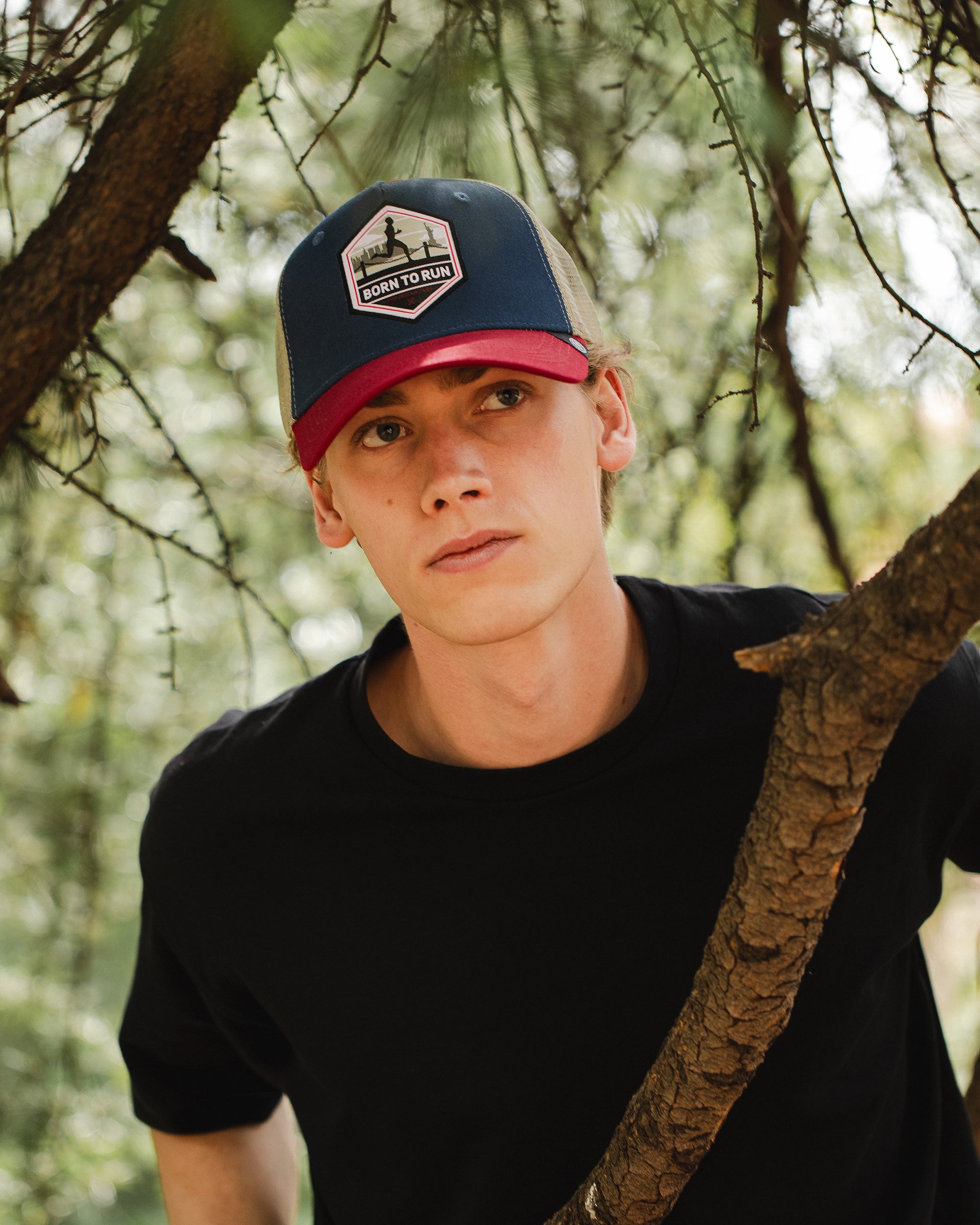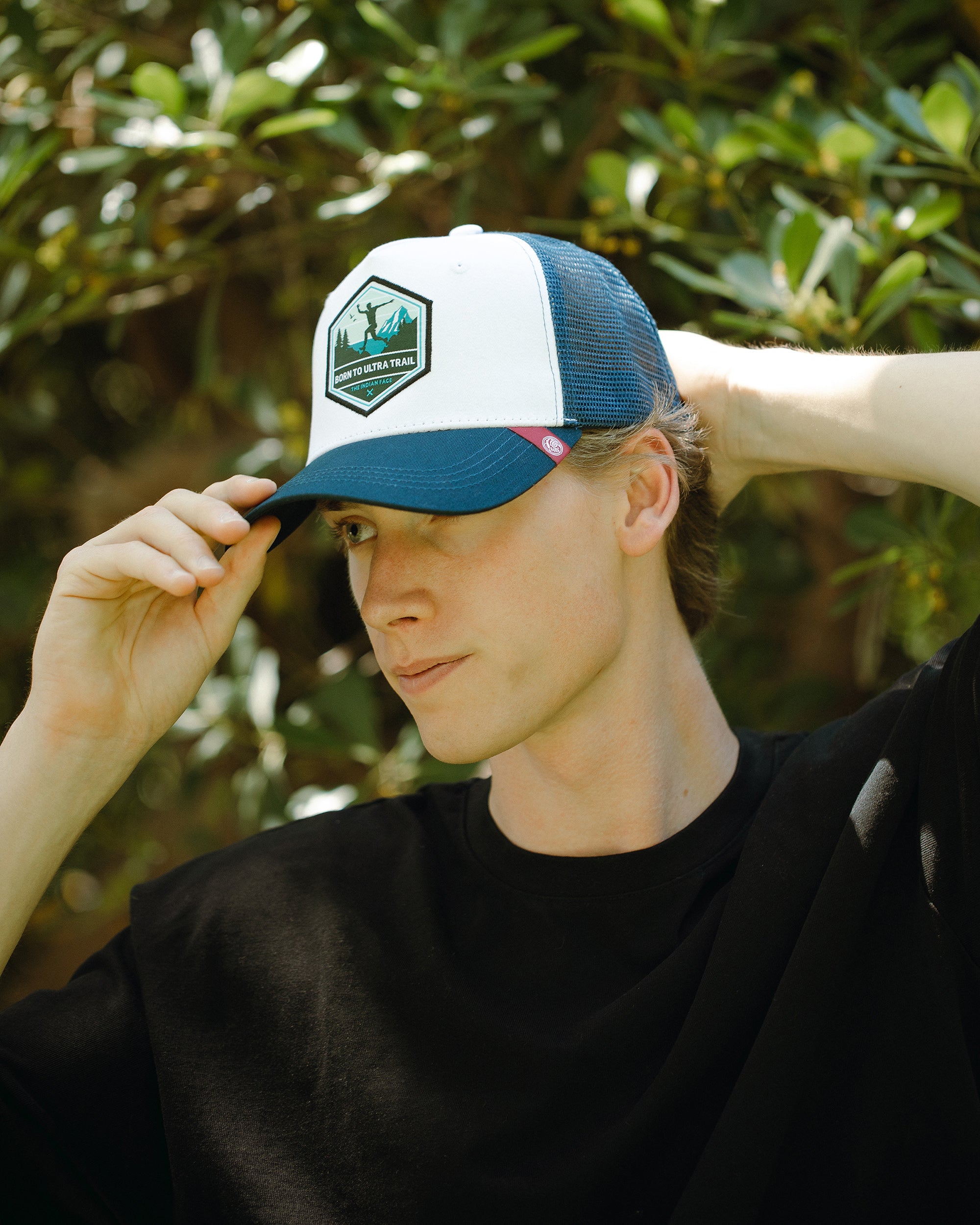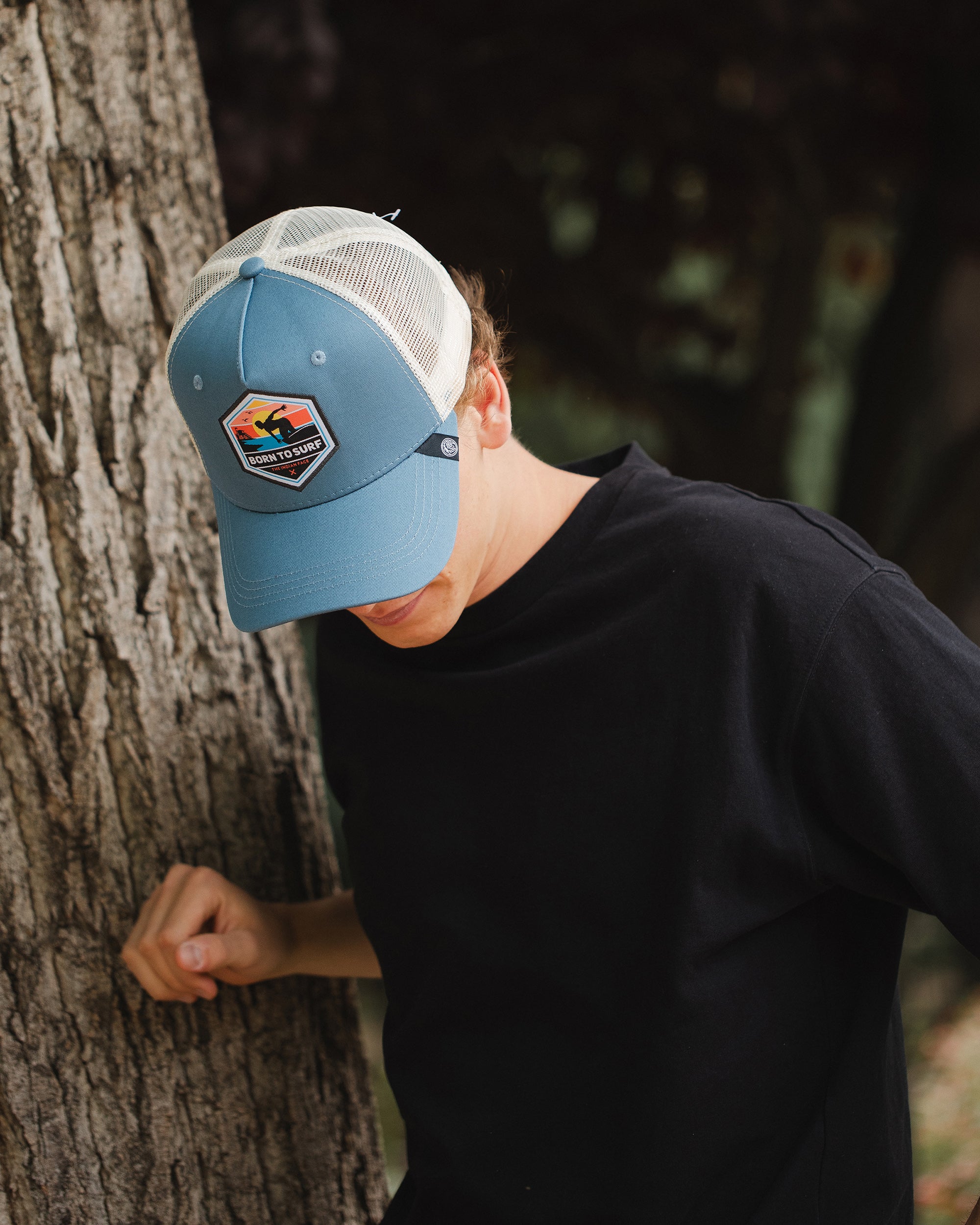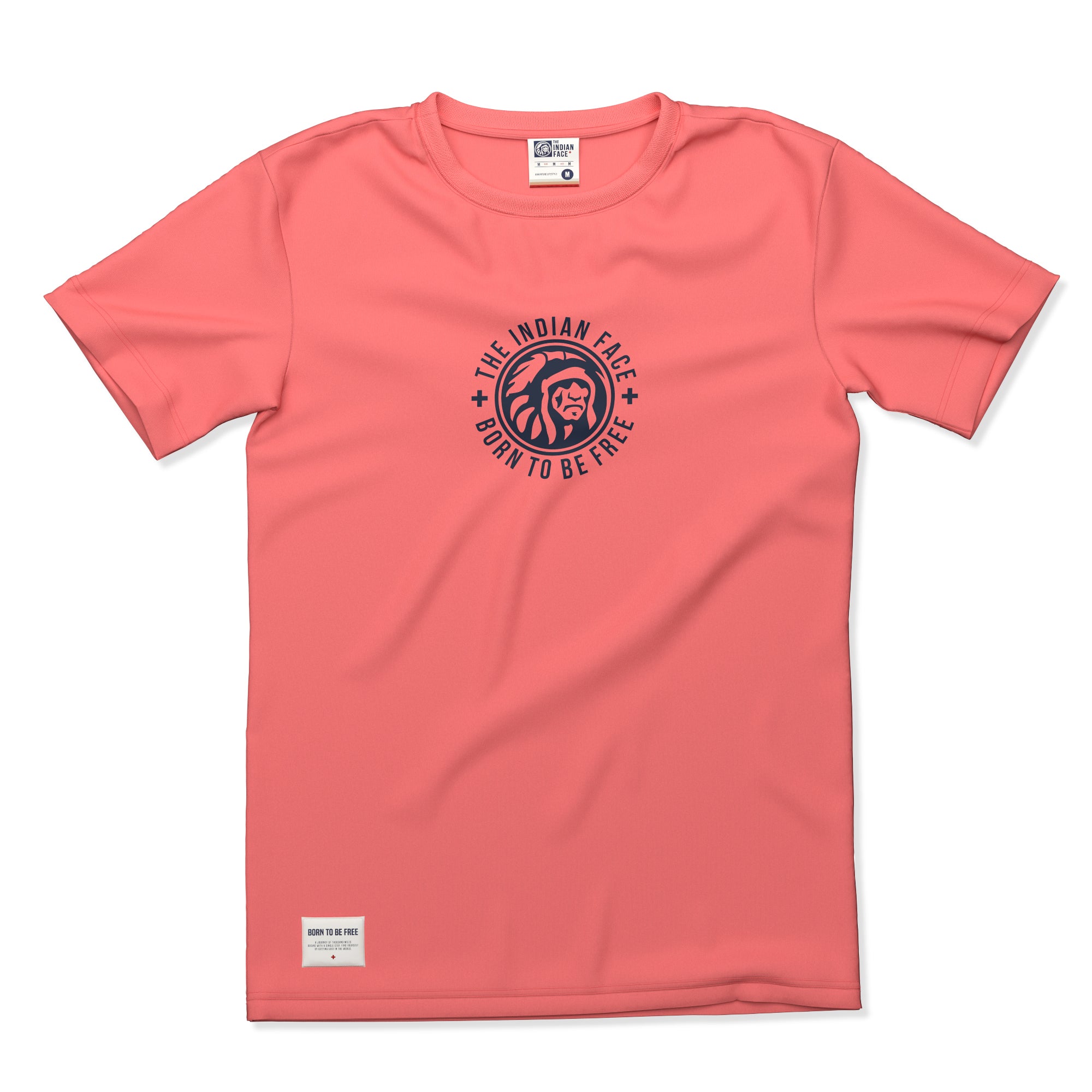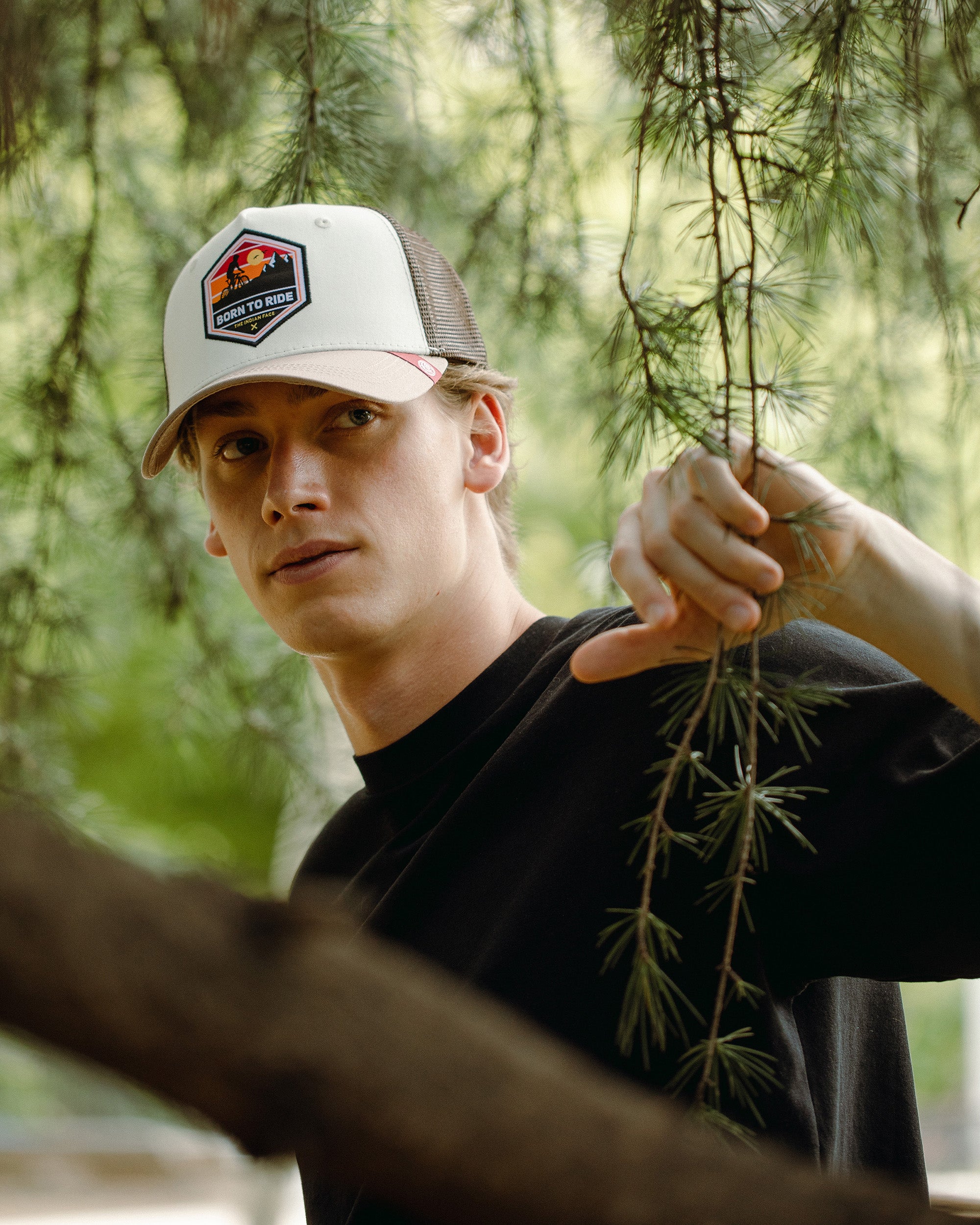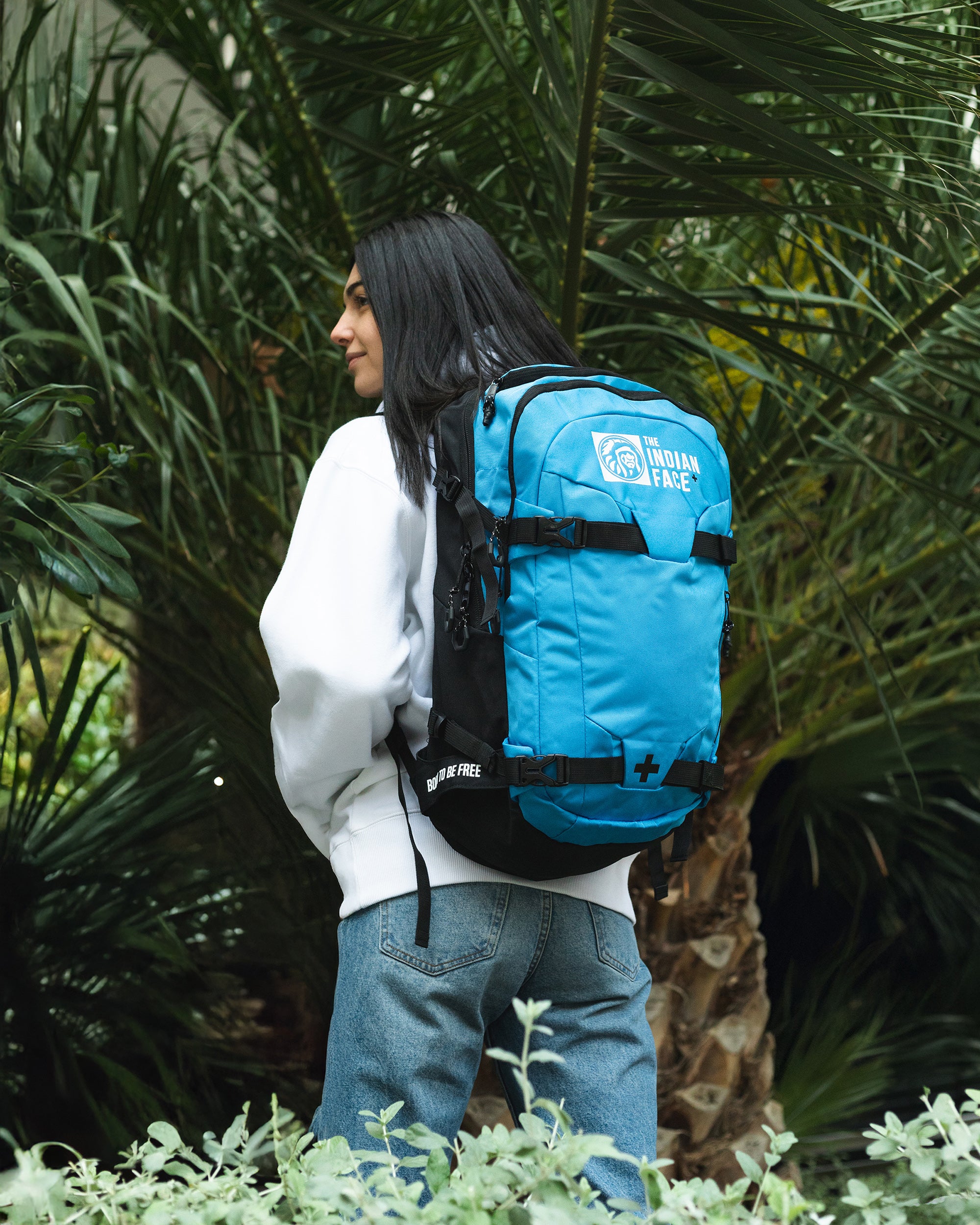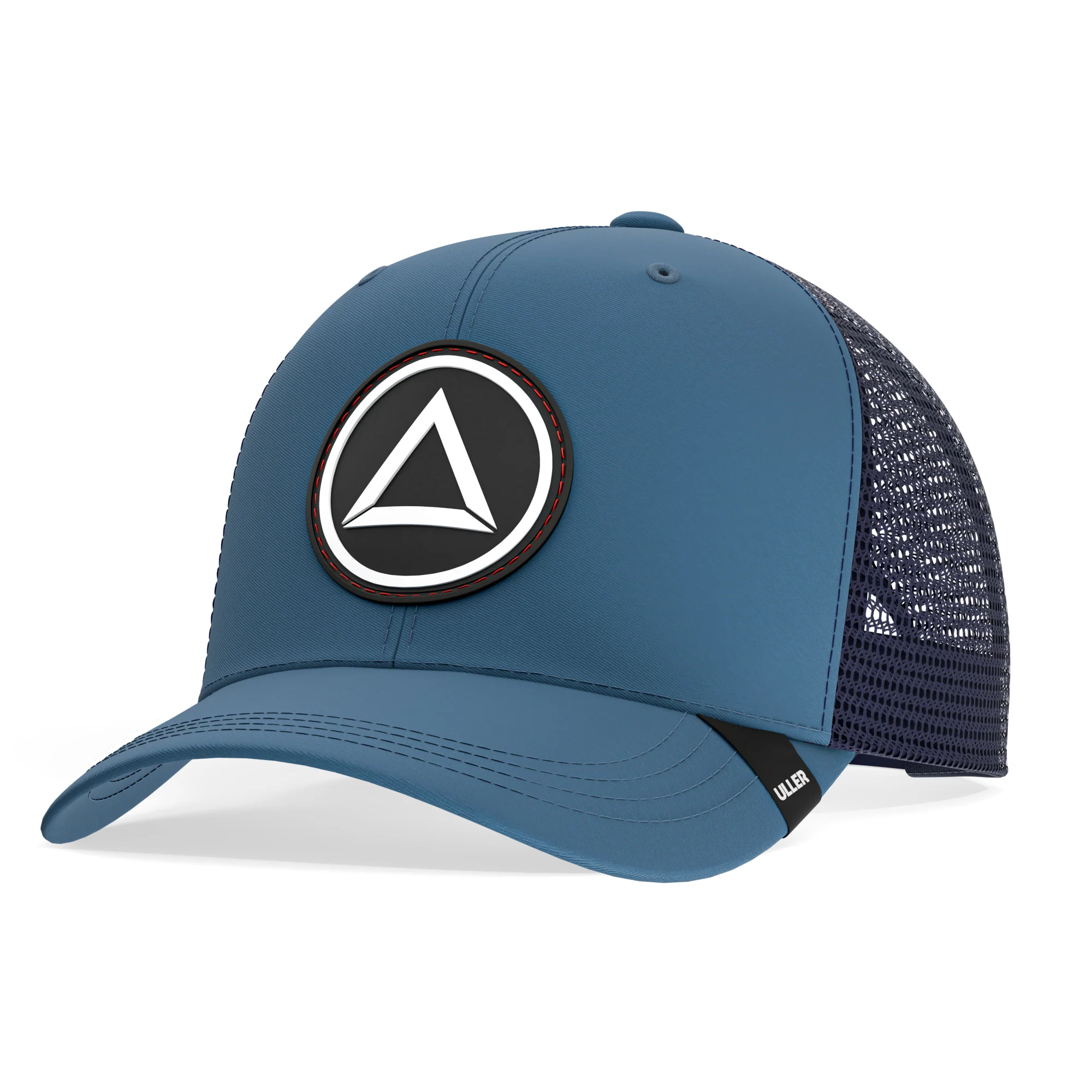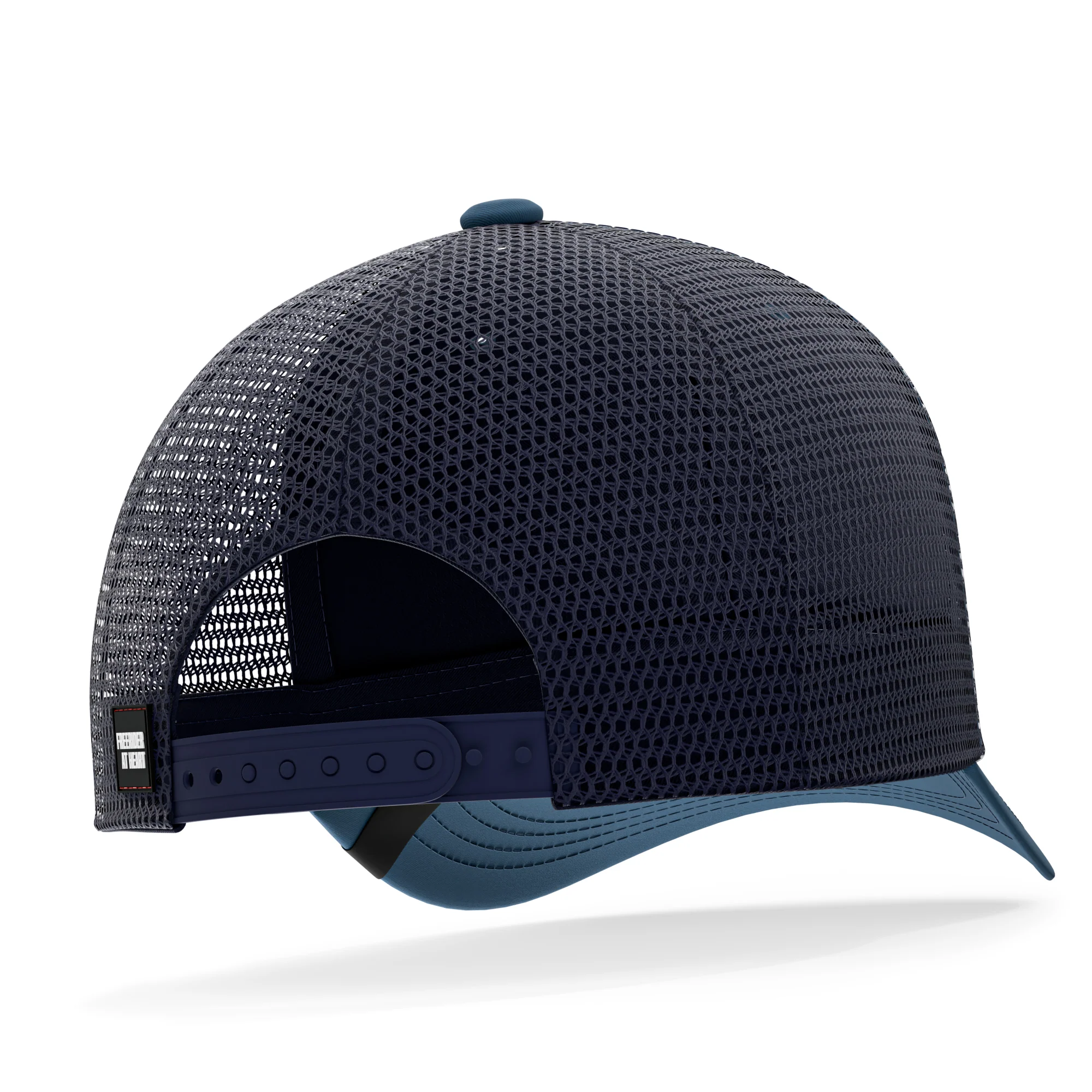Bodyboarding, also known as boogie boarding, is a water sport that has gained significant popularity in recent decades. This exciting sport combines the adrenaline of surfing with accessibility and versatility, making it an exciting activity for people of all ages and skill levels. From humble beginnings to becoming a global phenomenon, bodyboarding has left an indelible mark on surf culture and the lives of those who practice it.
Origins and evolution of Bodyboarding: the art of riding foam
Bodyboarding has its roots in Polynesia, where locals have been surfing on wooden boards for centuries. However, modern bodyboarding as we know it today began to take shape in the 1970s in Hawaii.
The modern bodyboard body was invented by Tom Morey, an engineer and ocean enthusiast surfer, who invented the first polyethylene foam bodyboard in 1971, looking for a way to innovate the sport and revolutionize the world of surfing. water. He developed a shorter, more flexible board that allowed surfers to lie on it and glide over the waves in a more comfortable and accessible way.
This bodyboard, often called a "boogie board" or “boogie” appealed to a wide range of people, from beginners to experienced surfers looking for a new experience in the water.

Bodyboarding quickly gained popularity, especially among young surfers and those who lived in regions where the waves were smaller or less powerful. As the sport grew, so did the technology and design of bodyboards. More advanced materials were introduced and board shapes and features were refined to suit different surfing styles and water conditions.
Now in the 21st century, bodyboarding has become an internationally recognized sport, with a global community of surfers who share a passion for the waves and the ocean. Competitions and events have been established around the world, from local championships to the prestigious World Bodyboard Championships, which attracts the best surfers from around the world to compete for the title.
Equipment and techniques: an immersion in the world of Bodyboarding
The basic equipment needed to practice bodyboarding includes:
- The Bodyboard: These boards vary in size and shape, with specific features designed for different surfing styles and water conditions.
- Fins or flippers: these are similar to those used in snorkeling, and are crucial for moving effectively in the water and performing maneuvers. They help propel the bodyboarder through the waves and provide stability and control. They are usually short and tight to the foot to allow quick and precise movements.
- And, optionally, a leash: which is a strap that is attached to the bodyboarder's ankle and to the board to prevent it from separating in the event of a fall or loss of the board in the water. This is especially important in strong surf conditions or in areas with currents, as it helps keep your board close at all times.
As for bodyboarding techniques, these include everything from basic paddling in and out of the sea, to a variety of turns, rolls and aerial maneuvers, making the most of the versatility of their boards and the energy of the waves. Some of the main techniques in bodyboarding are:
- Efficient rowing: Rowing is essential to move towards the waves and gain speed to catch them. You must row with your arms and kick with your legs in a coordinated manner to propel yourself forward. Keep your body horizontal on the board and use long, fluid strokes to maximize efficiency.
- Positioning on the wave: To successfully catch a wave, it is important to position yourself correctly in the water. Observe the direction and shape of the waves to anticipate their arrival. Position yourself in the sweet spot where the wave is starting to break and be prepared to paddle hard when it approaches.
- Take-off: The take-off is the moment when you start to slide on the wave. When you feel the wave pushing you from behind, paddle hard to gain speed.
- Bottom Turn: After performing the take-off, you may need to perform a bottom turn to head towards the wall of the wave and avoid the wave from reaching you from behind. Lean your weight toward one side of the board and gently turn in the desired direction, using your arms and legs to control the turn.
- Maneuvers: Once you're on the wall of the wave, you can perform a variety of maneuvers to add style and creativity to your bodyboarding session. Some of the most common maneuvers include the cutback (turn at the top of the wave), the roll (full turn on the lip of the wave) and the invert (turn in which the body is inverted in the air).
- Speed Control: To control the speed while riding the wave, you can adjust your position on the board and the direction of your body. Lean your body forward to accelerate and backward to brake. Use your arms and legs to balance and control direction.
- Getting out of the wave: Once you've enjoyed your ride on the wave, it's important to get out of it safely. Steer the board toward the flat part of the wave and jump off it before it starts to break. Always keep your head above water and look around you to avoid collisions with other surfers.
The culture of Bodyboarding: more than a sport
Bodyboarding is not only a sport, but also a vibrant and diverse culture. Bodyboarders around the world share a passion for waves and a connection to the ocean that transcends cultural and linguistic barriers. From the beaches of Hawaii to the reefs of Australia and the shores of Brazil, bodyboarding has left its mark everywhere.

Bodyboarding events and competitions are an important part of the sport's culture, offering surfers the opportunity to showcase their skills and compete for prizes and recognition. The International Bodyboarding Association (IBA) organizes a number of events around the world, including the prestigious World Bodyboarding Championships, which attracts elite competitors from around the world.
In addition to competition, the bodyboarding community also gathers online and on social media to share photos, videos and surfing tips. Online forums and discussion groups give surfers the opportunity to connect with other passionate bodyboarders and learn from each other.
Health and well-being benefits
Bodyboarding is not only fun, but it also offers a number of physical and mental health benefits. Like surfing, bodyboarding is a cardiovascular exercise that can improve endurance and muscle strength. Paddling through waves and performing maneuvers requires significant physical effort, which helps keep you fit and active.
In addition, bodyboarding can be a deeply mentally and emotionally rewarding experience. Being in the water, surrounded by nature and braving the waves, can be a powerful way to reduce stress and increase feelings of well-being. Many bodyboarders speak of a sense of connection to the ocean and a sense of freedom not found anywhere else.
The future of Bodyboarding: looking beyond the waves
As bodyboarding continues to evolve, we are likely to see advancements in board technology, equipment, and surfing techniques. Board manufacturers are constantly innovating to improve the performance and durability of their products, while surfers experiment with new maneuvers and surfing styles.
In addition, bodyboarding is gaining popularity in regions of the world where traditional surfing has historically been dominant. Countries such as Brazil, Portugal and Chile are experiencing a rise in interest in bodyboarding, leading to growth in the surfing community and the construction of new facilities and competitions. While in other parts of the world, such as in different regions of Spain, bodyboarding is predominant among athletes passionate about the sea.

Bodyboarding is much more than a sport; It is a passion shared by millions of people around the world. From modest beginnings in Hawaii to becoming a global phenomenon, bodyboarding has left an indelible mark on surf culture and the lives of its surfers. Whether you're an enthusiastic beginner or an experienced surfer, bodyboarding offers an exciting adventure on the water that's destined to last for generations.
FREQUENTLY ASKED QUESTIONS ABOUT THE BODYBOARD
What is the difference between bodyboarding and surfing?
The main difference between bodyboarding and surfing lies in the position of the surfer on the board and the type of board used. In bodyboarding, the surfer slides on the board lying face down, while in traditional surfing, the surfer stands up on the board and surfs standing up.
What equipment do I need to bodyboard?
The basic equipment for bodyboarding includes a bodyboard, fins (or flippers), leash (strap to attach the board to the ankle), and optionally a wetsuit and waterproof sunscreen.
Where can I bodyboard?
Bodyboarding can be practiced in a wide variety of locations, including ocean beaches, reef breaks, and river waves. However, it is important to check the water conditions and safety of the location before venturing out to surf.
Is bodyboarding suitable for children?
Yes, bodyboarding is an excellent option for children who want to get started in the world of surfing. Bodyboards are smaller and more manageable than conventional surfboards, making them easier for children to transport and maneuver. Plus, the smaller, gentler waves are ideal for kids to learn and practice safely.
What are the best conditions for bodyboarding?
The best conditions for bodyboarding are usually waves of moderate to large size, with a tubular or hollow shape that allows for exciting maneuvers. Additionally, it is important to take into account factors such as wind direction, tide and water depth.


















